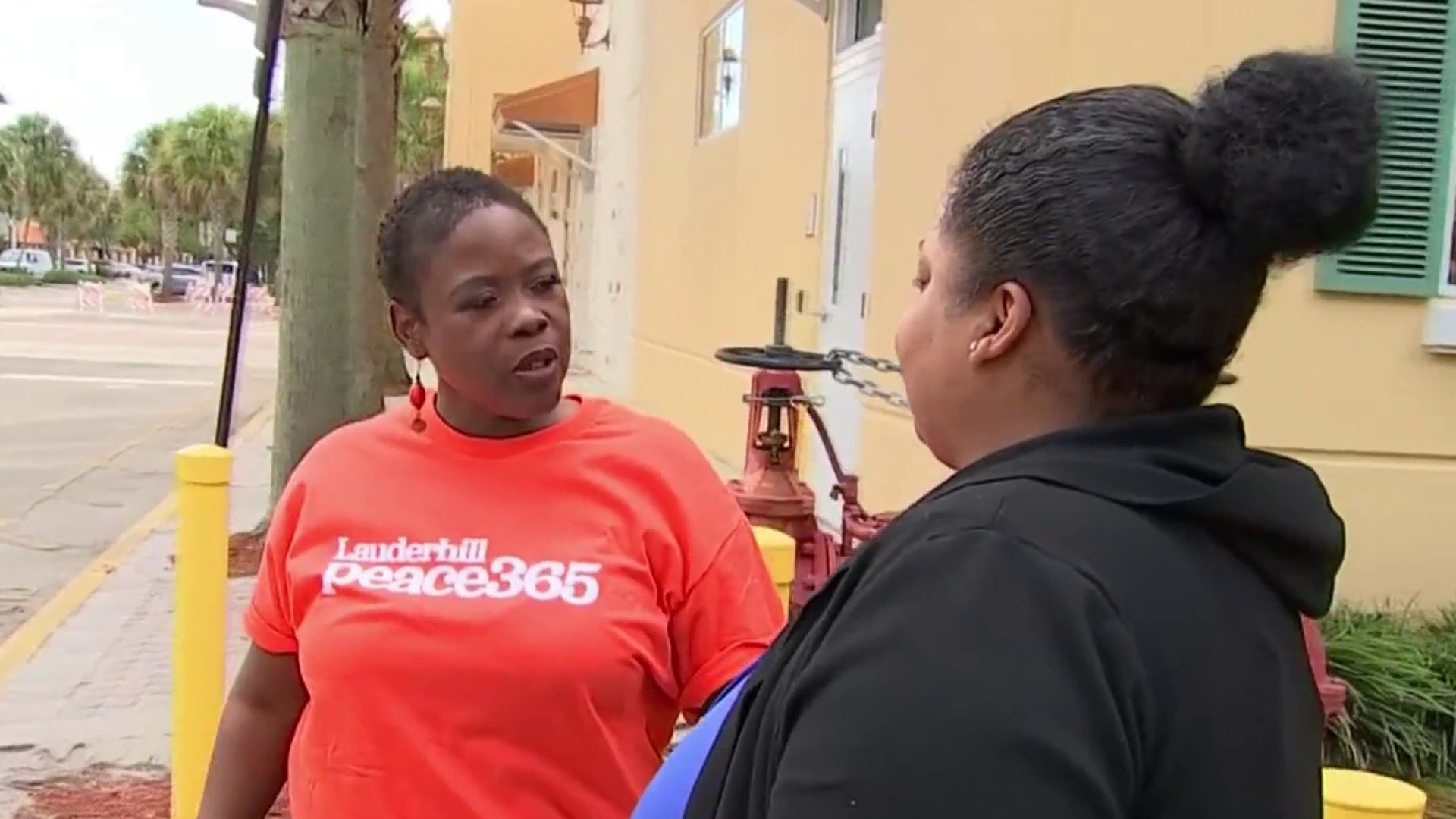Researchers with Nova Southeastern University are warning that more needs to be done to stop the spread of the invasive Lionfish in South Florida's waters.
While efforts are in place to curb their populations, including lionfish derbies and even an incentive to catch Lionfish during the recent Lobster Mini-Season, researchers say the existing efforts are "barely making a dent" in reducing overall Lionfish numbers and containing their spread.
“For every lionfish we remove during local derbies or spearfishing, there are probably hundreds of others we miss,” said Matthew Johnston, Ph.D., of NSU.
Experts say the current efforts are too small and don't take into consideration the direction of currents which can potentially carry Lionfish larvae to far reaching locations.
Efforts also aren't taking into consideration the role hurrcane winds and currents play in the spread of the species.
The invasive Lionfish is said to be taking over the waters off of Florida and the Caribbean. Known as voracious eaters with no known predators, Lionfish populations have demonstrated that they can take over and devastate entire coral reef ecosystems.
NSU researchers find that control efforts need to remove at least 20 percent of the Lionfish population per month in areas with an abundance of the species, as well as culling in regions upstream to "choke off" the number of Lionfish larvae carried by currents.
The efforts would need to target all Lionfish, including those living in deep and remote waters.
Local
Researchers say local culling efforts are helping, but in order to significantly impact the population, culling efforts need to be more strategic.
Last year, state wildlife officials rolled out the Report Florida Lionfish app which allowed users to report sightings of the fish, submit photos and share information.
Officials say the numbers of Lionfish in the Atlantic have spiked dramatically since they were first spotted in Florida waters in the 1980s.
For more information, visit NSU's Halmos College of Natural Sciences and Oceanography.



